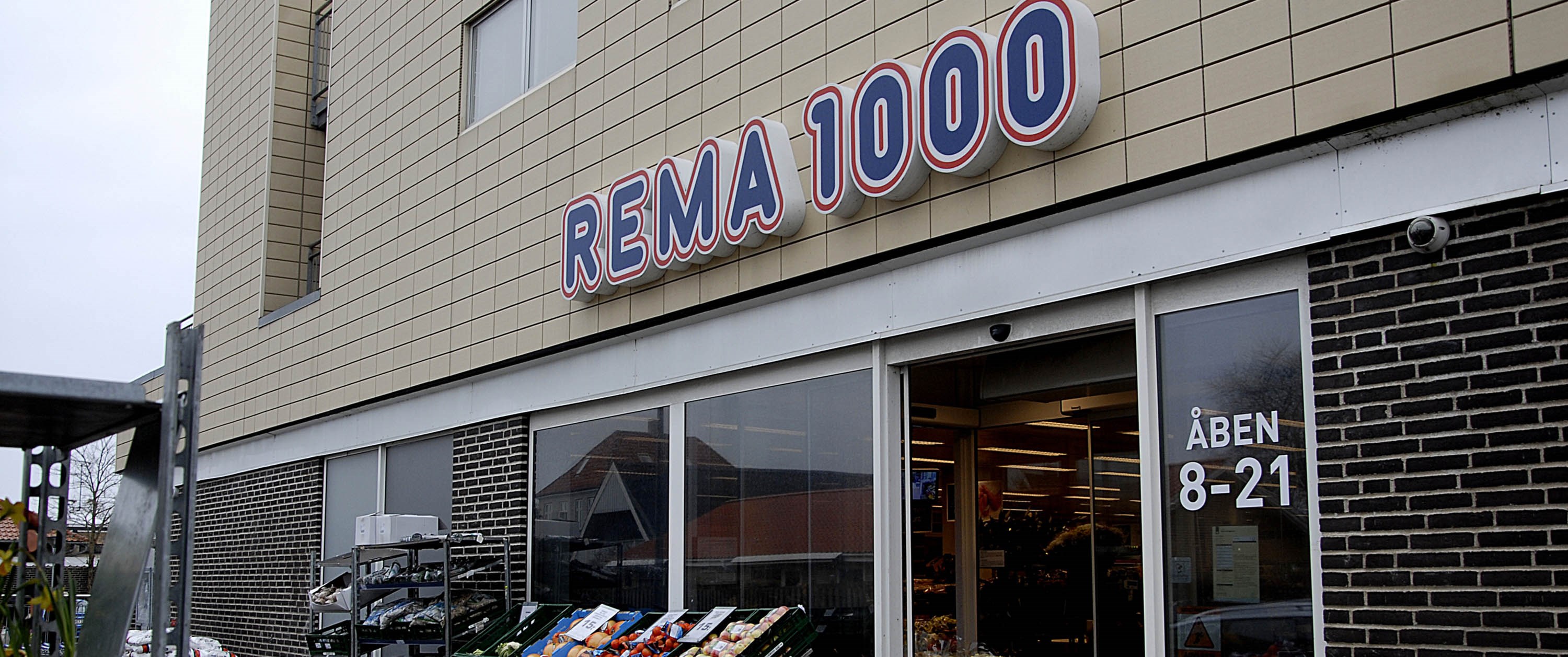
Rema 1000 Danish champion
Rema 1000 lost a lot of money in Poland, several tens of millions in Sweden, some claim 250 million NOK. In Denmark, on the other hand, things are going really well. Rema 1000 is now one of the leading grocery chains and probably the fastest growing.
“There is a doomed race between the two discount giants, Rema 1000, and Netto in Denmark. When the cash register and market figures are made up at the end of 2024, we believe Rema is in the lead,” writes www.dagligvarehandeln.dk.
The Danes are regarded as the Nordic region's best merchants and then a Norwegian Trønder comes and teaches the Danes how to run an efficient business. That is no less than amazing.[1]
How is it possible?
Rema 1000 has achieved success in Denmark. They have focused on modern concepts, including a wide selection of fresh goods, especially fruits and vegetables. The Danes have welcomed this, and Rema 1000 has been recognized as one of Denmark's most sustainable brands.
In 2023, Rema 1000 Denmark's turnover increased by 2.1 billion Danish kroner, which corresponds to growth of 10.2%![2]
The culmination of Rema's growth journey came at the end of 2022 with the announcement that Rema 1000 will take over 113 Aldi stores in a deal that was approved in 2023, and which will result in lots of new stores this year.
In June, Rema 1000 opened store number 410 in Denmark, in Glostrup. Before the end of the year, the expectation is that the chain will be up to 430 stores against 376 stores at the start of 2024, writes Dagligvarehandeln.dk.
Cultural adaptation
It is probably important to hit "culturally". [3] That was not the case in Sweden and not in Poland. About Poland, one might say that the Rema 1000 started there too early.
The wall in Berlin fell in 1989 and investing in Poland in the early nineties was probably premature. Polish shop keepers were not ready for franchising. They did not understand the concept, they did not understand franchising, and the shops in Poland did not look good.[4]
But Sweden? Why did it go wrong there? First of all, Swedish customers have a completely different shopping pattern to Norwegians. Norwegians shop every day or at least many times a week, Swedes make large purchases for the whole week. Rema 1000 simply did not fit into those circumstances.
We asked some sharp analysts
"Rema 1000 has obviously done a lot right in Denmark. The condensed version is that they deliver on customer expectations – or better. They have good and well-situated shop premises. They have succeeded in the positioning through consistent communication, exactly how they succeeded in Norway in the 2000s.
In Denmark, they have also received positive media attention, and avoided the negative reactions that followed the so-called "Bestevenn strategy" in Norway 7-8 years ago. They have done well in acquiring skilled franchisees and it also seems as if they have exceptionally good corporate management in Denmark. Overall, it has been a success that seems to last," concludes Arne Reiler, consultant, and former head of Nielsen Norway.
Luck is always good
"Denmark is a country in which it is easy to distribute. The Danes are good at using the franchise model. Ole Robert Reitan has personally been heavily involved in Rema's investment in DK. He has understood how important the assortment composition is. Everything from wine to organic products is important in DK. The wholesale cooperation with German partners has also been important. The rest is luck!", concludes former professor and well-known analyst of the grocery industry, Odd Gisholt, in an email to NHH.
Rema 1000 Denmark's recipe for success
- Delivers on what customers expect or better
- Consistent communication
- Successful positioning
- Skilled franchisees
- Good corporate management
Sources: NHH, Börsen, Dagligvarehandeln.dk, Rema 1000 Danmark, Reitan Retail.
[1] Rema 1000 was founded in Trondheim, Norway, in 1979 by Odd Reitan. He was inspired by the German discount chain ALDI and wanted to create a similar concept in Norway. The first store opened under the name “REMA 600” with 600 items, but later the name was changed to “REMA 1000” to reflect a wider range of products.
[2] Information from Reitan Retail and Rema Denmark.
[3] One common definition: The ideas, customs, and social behaviour of a particular people, profession, and society.
[4] This writer lived and worked in Poland in the nineties and studied Rema Poland as vice president in C. Olsen Poland Ltd. The company sold Masmix to Rema and other grocery customers in the country. Masmix is a product similar to Brelett.